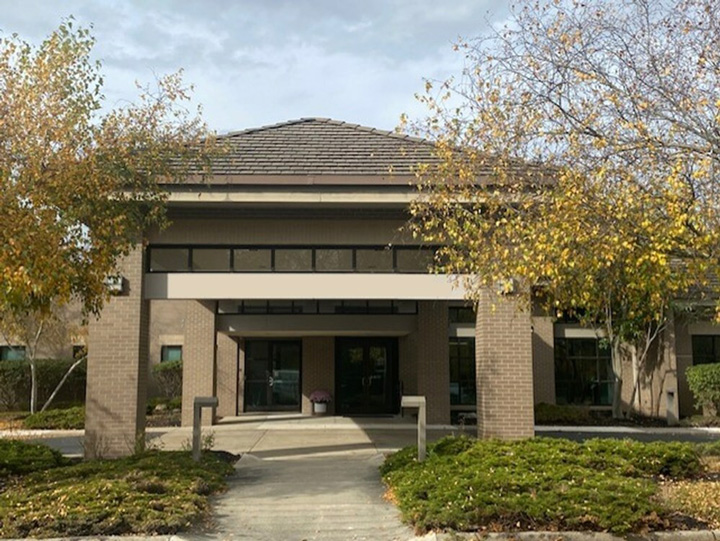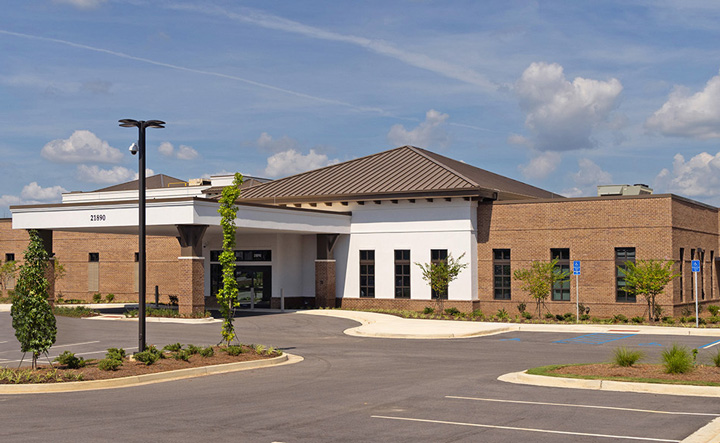A large health system and ASC management company are teaming up to partner with physicians on cost-efficient outpatient surgical facilities.
 BUSY JOINT Springfield Regional Outpatient Surgery Center, the first joint-venture ASC among BSMH, Compass and local physicians, is a 12,000-sqaure-foot multispecialty ASC that features four ORs and a procedure room. | Compass Surgical Partners
BUSY JOINT Springfield Regional Outpatient Surgery Center, the first joint-venture ASC among BSMH, Compass and local physicians, is a 12,000-sqaure-foot multispecialty ASC that features four ORs and a procedure room. | Compass Surgical Partners
Almost exactly a year ago, Bon Secours Mercy Health (BSMH), one of the 20 largest health systems in the U.S., and ASC management company Compass Surgical Partners announced a long-term strategic plan to partner on opening multiple ambulatory surgery centers in 2024 and beyond. BSMH especially lauded Compass’ expertise in creating “patient-centered” ASCs that offer convenience and cost-efficiency, while Compass expressed excitement about the opportunity to provide its expertise and operational platform to BSMH.
A year later, the partners have launched two ASCs, with more to come. In February, they opened Springfield (Ohio) Regional Outpatient Surgery Center, a joint venture among BSMH, Compass and local physicians. The 12,000-sqaure-foot multispecialty ASC, which houses four ORs and a procedure room, will offer neurosurgery, orthopedics, podiatry, plastic surgery, interventional pain management, OB/GYN, gastroenterology and general surgery procedures, according to the stakeholders.
“This state-of-the-art center will offer patients in our local community an additional option for care, one that is focused on accessibility and careful attention to individual surgical needs,” said Adam Groshans, president of Mercy Health – Springfield, part of the BSMH system. The ASC was seeking accreditation from the Accreditation Association for Ambulatory Health Care (AAAHC) and certification from Medicare, and is managed by Administrator Brooke Moats, BSN, RN, CNOR, a surgical leader at hospitals and outpatient centers for 20 years.
In April, the second BSMH/Compass ASC opened in Greenville, S.C., again in partnership with local physicians. The 20,000-square-foot Millennium Surgery Center will offer same-day orthopedic surgeries, otolaryngology interventions and pain management procedures. The ASC expects to secure AAAHC accreditation and Medicare certification by mid-May.
Ortho procedures performed at the ASC will include total joint replacement, sports medicine, fracture treatment and interventions for the hands, elbows, feet, ankles and spine. A Stryker Mako Robotic-Arm Assisted System will be used during total hip and total knee replacements. Matt Caldwell, market president for Bon Secours St. Francis Health System, part of BSMH, says Millennium Surgery Center will be the first ASC in the Upstate region of South Carolina to offer outpatient joint replacements.
.svg?sfvrsn=be606e78_3)


.svg?sfvrsn=56b2f850_5)